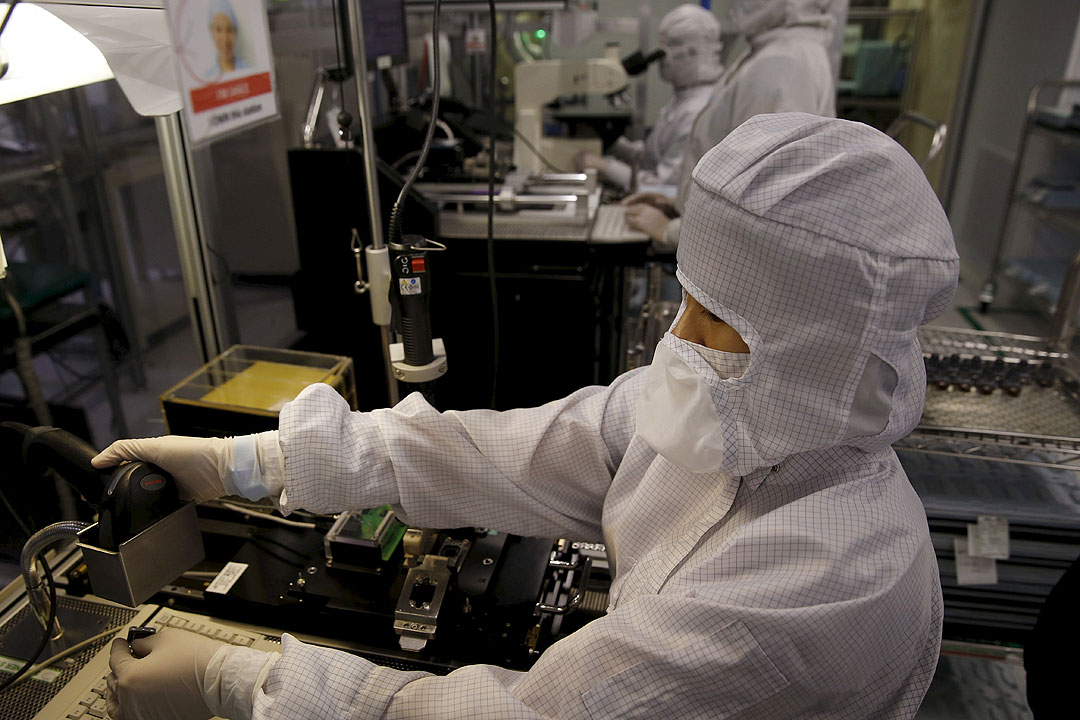The Philippines may return to its pre-pandemic growth trajectory in seven or eight years, Bank of the Philippine Islands (BPI) said, more optimistic than a government estimate of 10 years, with the bank’s projection conditioned on broader adoption of technology.
“For returning to our pre-pandemic GDP (gross domestic product) trajectory, we think 10 years is too long. We believe our labor sector is agile enough to pivot to new winners,” BPI Lead Economist Emilio S. Neri, Jr. said at a virtual briefing Tuesday.
Mr. Neri was referring to a projection by the National Economic and Development Authority (NEDA) that the economy could take 10 years to get back to pre-pandemic growth rates, with consumption and investments expected to remain sluggish.
Mr. Neri said Socioeconomic Planning Secretary Karl Kendrick T. Chua issued a conservative projection because he “probably wants to compel or to urge other government agencies to move more quickly.”
To effect a more rapid recovery, he said it is important to develop technology skills in the workforce.
The need to nurture the digital economy has been accelerated by the pandemic, BPI Chief Market Strategist Marco Miguel Javier said.
“We’ve also looked at the continual increase in capital goods imports for the technology sector. We think that should be one of the drivers (of) our recovery,” Mr. Javier said.
He is also hopeful that the next administration will improve “our lagging infrastructure.”
Meanwhile, Mr. Javier said he also hopes that some businesses that have had to close their factories in Vietnam due to the pandemic may consider the Philippines as an investment destination.
“Companies can diversify their supply chains. We saw because of this pandemic that centralizing your supply chains (in) one country can sometimes be hazardous to your company’s health,” he said.
The economy expanded 7.1% year on year in the three months to September, the second consecutive quarter of expansion. — Luz Wendy T. Noble
